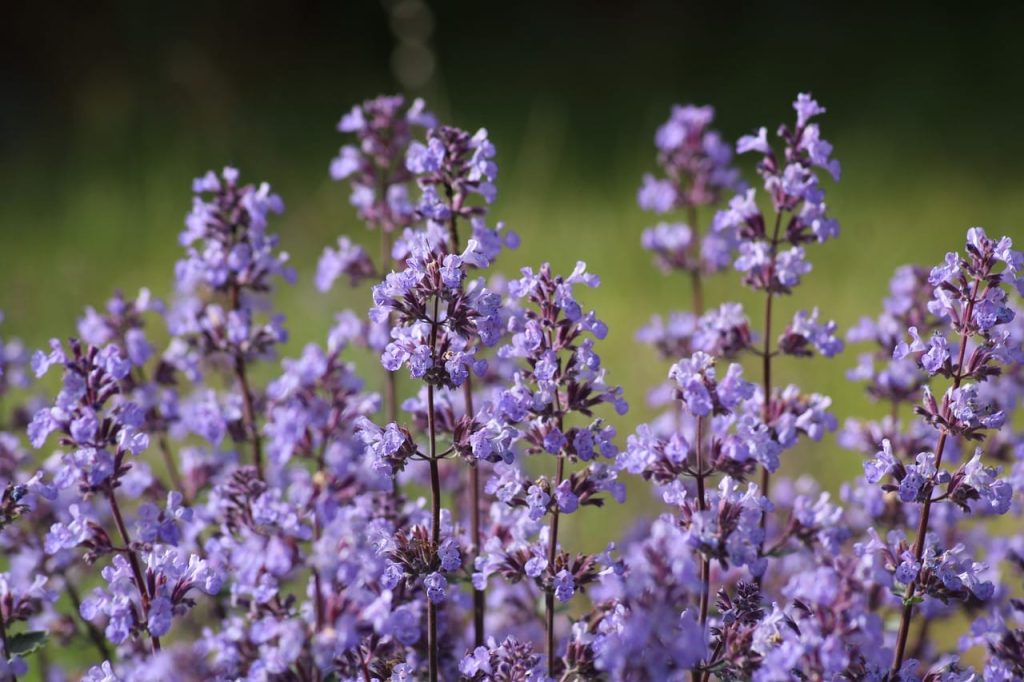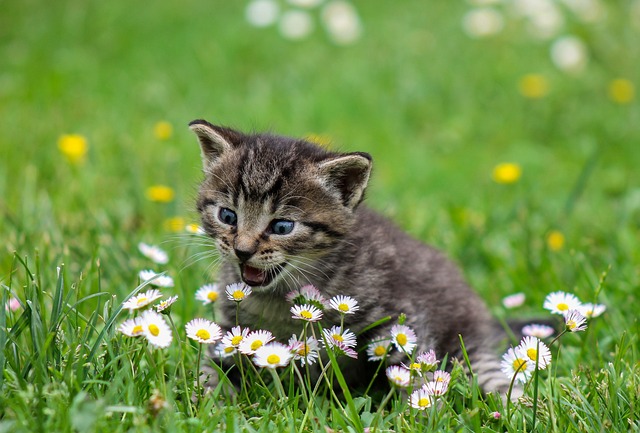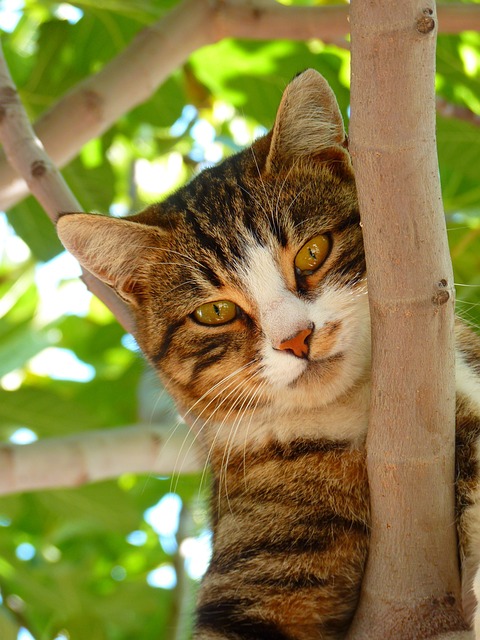Catnip, the mysterious herb that captivates our feline friends, has intrigued cat lovers for centuries. In this comprehensive guide, we’ll delve into everything you need to know about catnip, from its origins to its effects on cats and how to use it responsibly.
What is Catnip?
Catnip, scientifically known as Nepeta cataria, is a member of the mint family. This perennial herb is native to Europe and Asia but has since naturalized in many regions around the world. Catnip is characterized by its heart-shaped leaves and clusters of white or lavender flowers.

How Catnip Affects Cats
The active compound in catnip, nepetalactone, triggers a range of behaviors in cats. When cats encounter catnip, they may exhibit behaviors such as sniffing, rubbing, licking, and playful antics. The exact mechanism behind catnip’s effects on cats is still not fully understood, but it’s believed to mimic pheromones that trigger a response in cats’ brains.
Sensitivity to Catnip
Interestingly, not all cats respond to catnip. Sensitivity to catnip is hereditary, with around 50-70% of cats exhibiting a positive reaction. Kittens and senior cats are less likely to respond to catnip, and sensitivity can vary among individuals within the same litter.
Uses of Catnip
Catnip is widely used to enrich the lives of our feline companions. It can be found in various forms, including dried catnip, catnip toys, sprays, and oils. Catnip is often used for environmental enrichment, training, and stress relief in cats, providing mental and physical stimulation.
Safety and Precautions
While catnip is generally safe for cats, it’s essential to use it in moderation and under supervision. Some cats may become overly excited or aggressive when exposed to catnip, while others may experience digestive upset. Caution should also be exercised in households with multiple pets or cats with certain medical conditions.
Alternatives to Catnip
For cats who are not responsive to catnip or for owners looking for alternatives, several other plants may elicit similar reactions in cats. Silver vine, valerian root, and honeysuckle are among the alternatives that can provide enrichment and stimulation for cats.
Growing and Harvesting Catnip
Catnip can be easily grown at home, providing a fresh and readily available source for your cat. It thrives in well-drained soil and prefers full sunlight. Harvesting catnip leaves for use in homemade toys or teas is a simple process that allows you to provide your cat with the freshest catnip possible.
Conclusion
Catnip remains a fascinating herb that continues to intrigue and delight cat owners worldwide. By understanding its effects on cats and using it responsibly, we can enhance the well-being and enrichment of our beloved feline companions.






